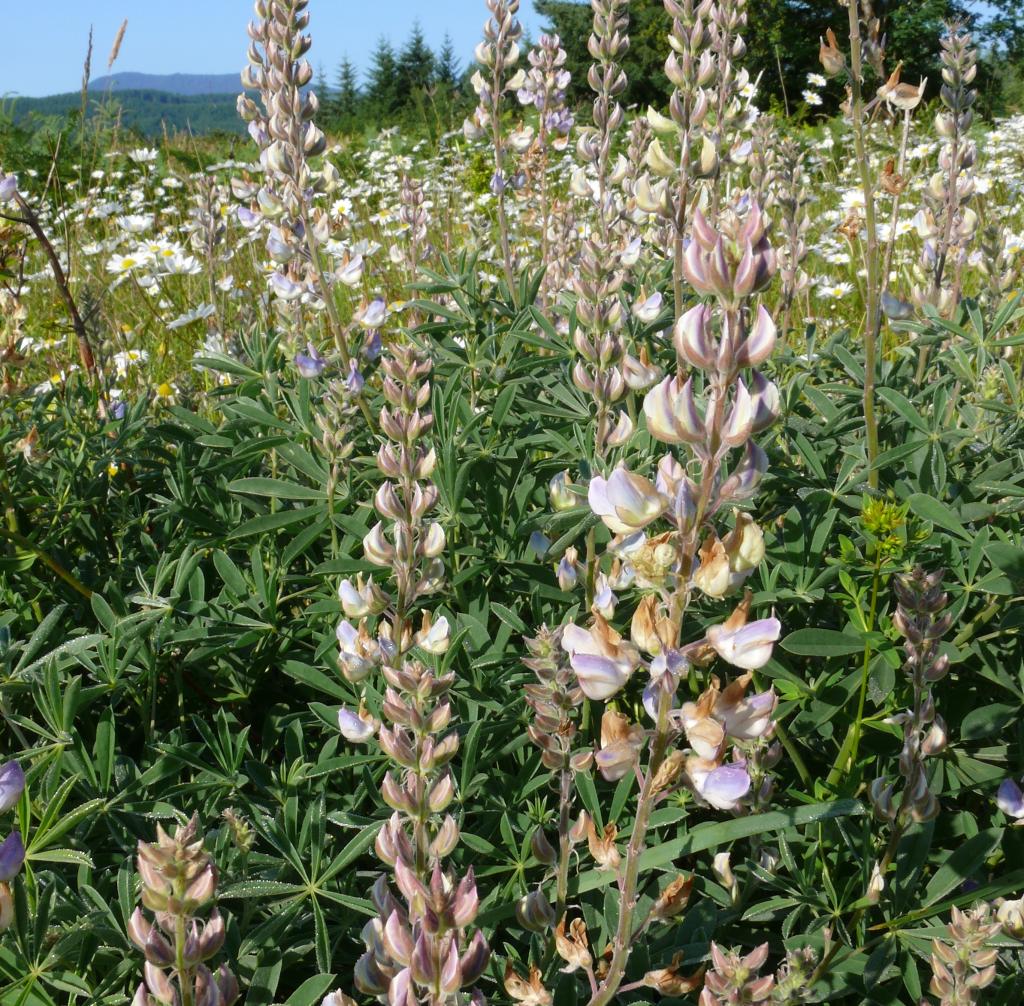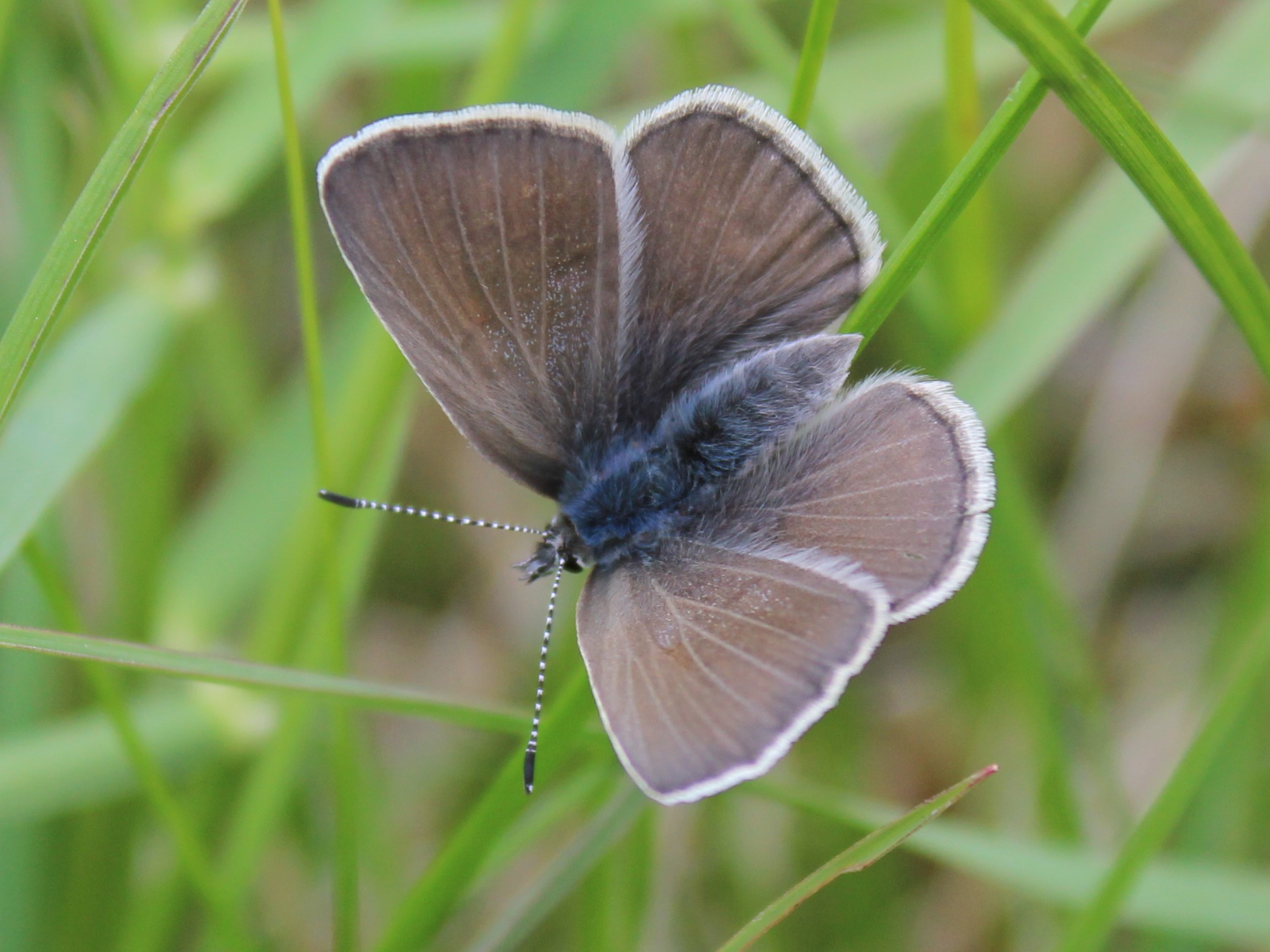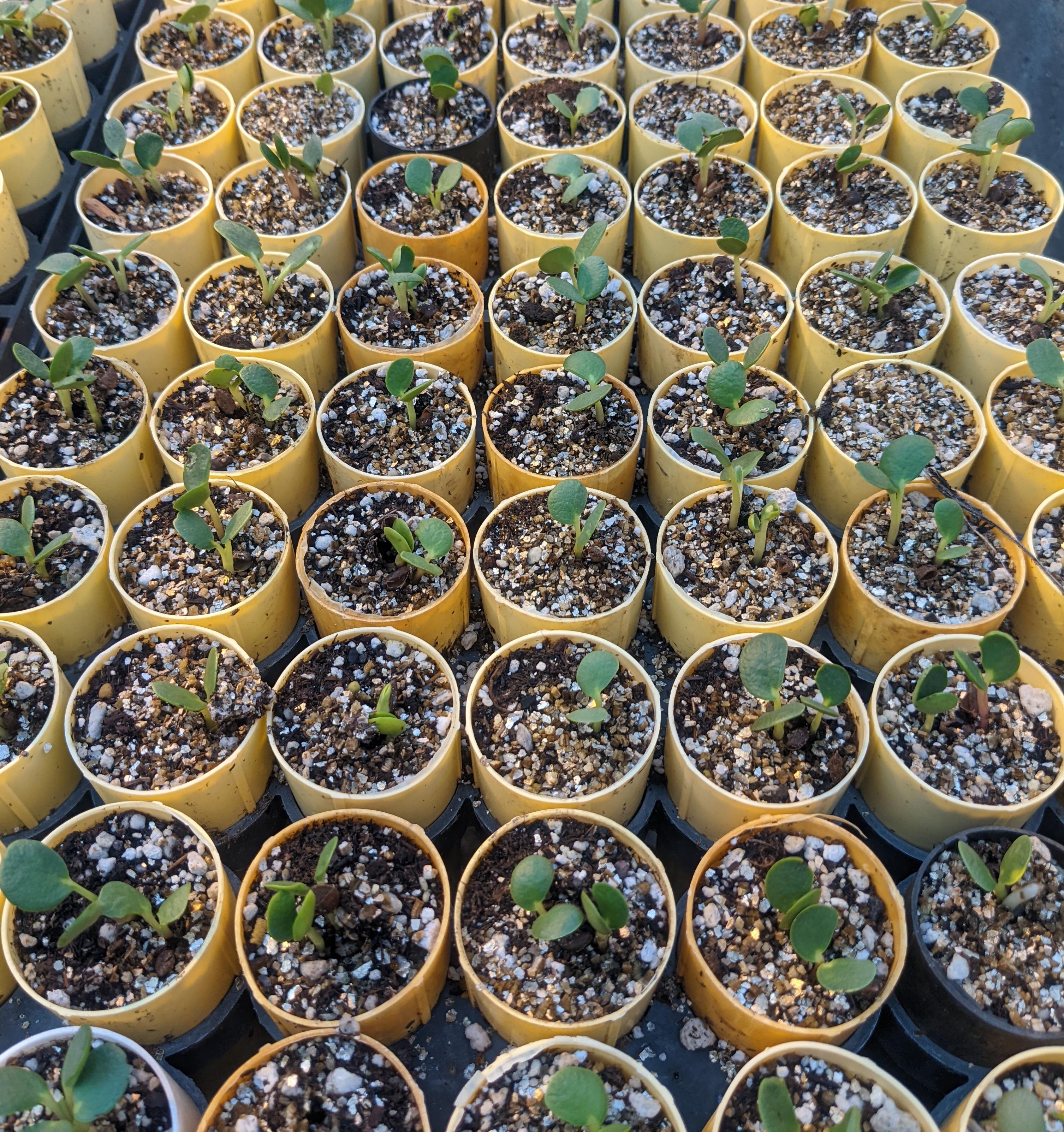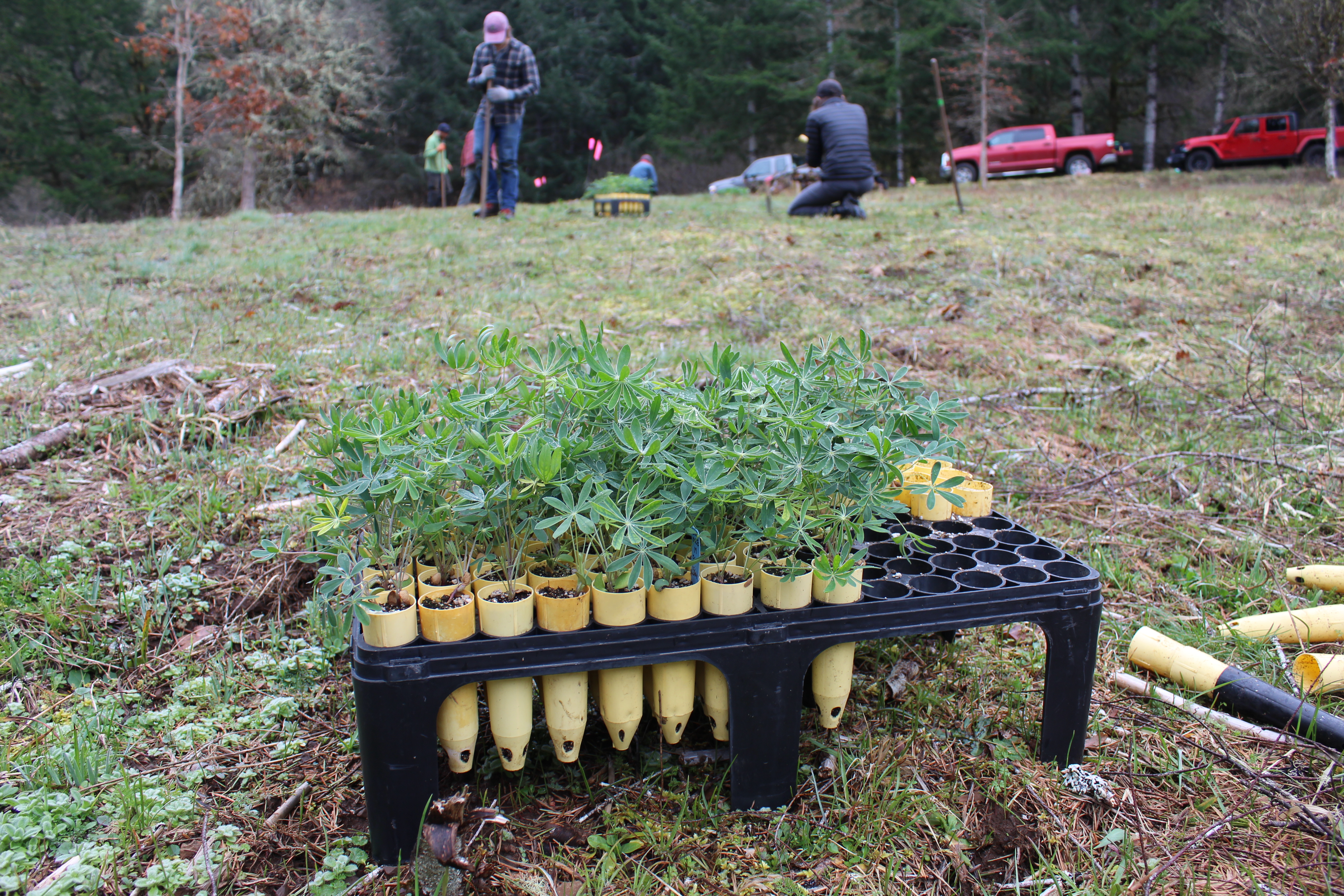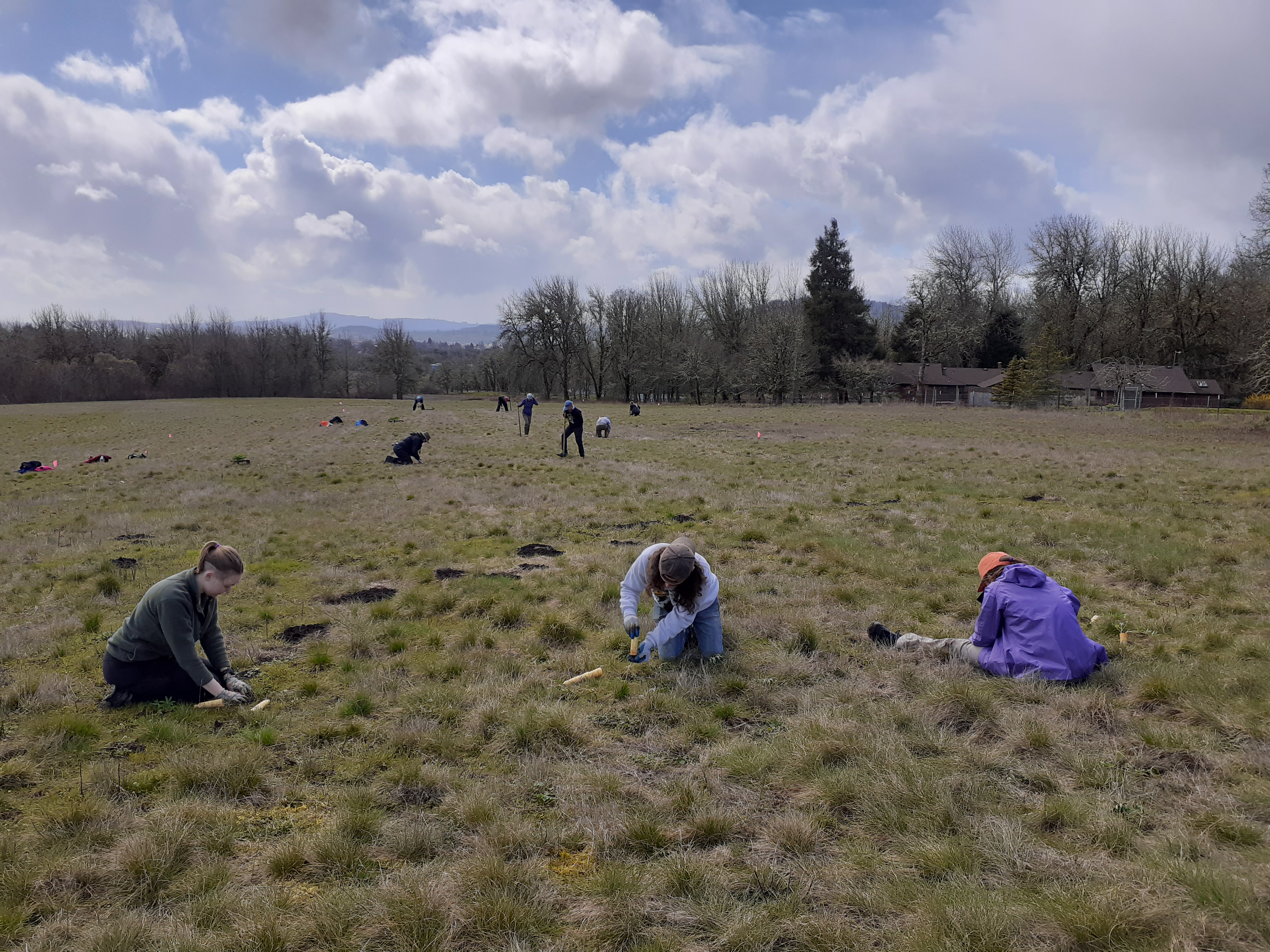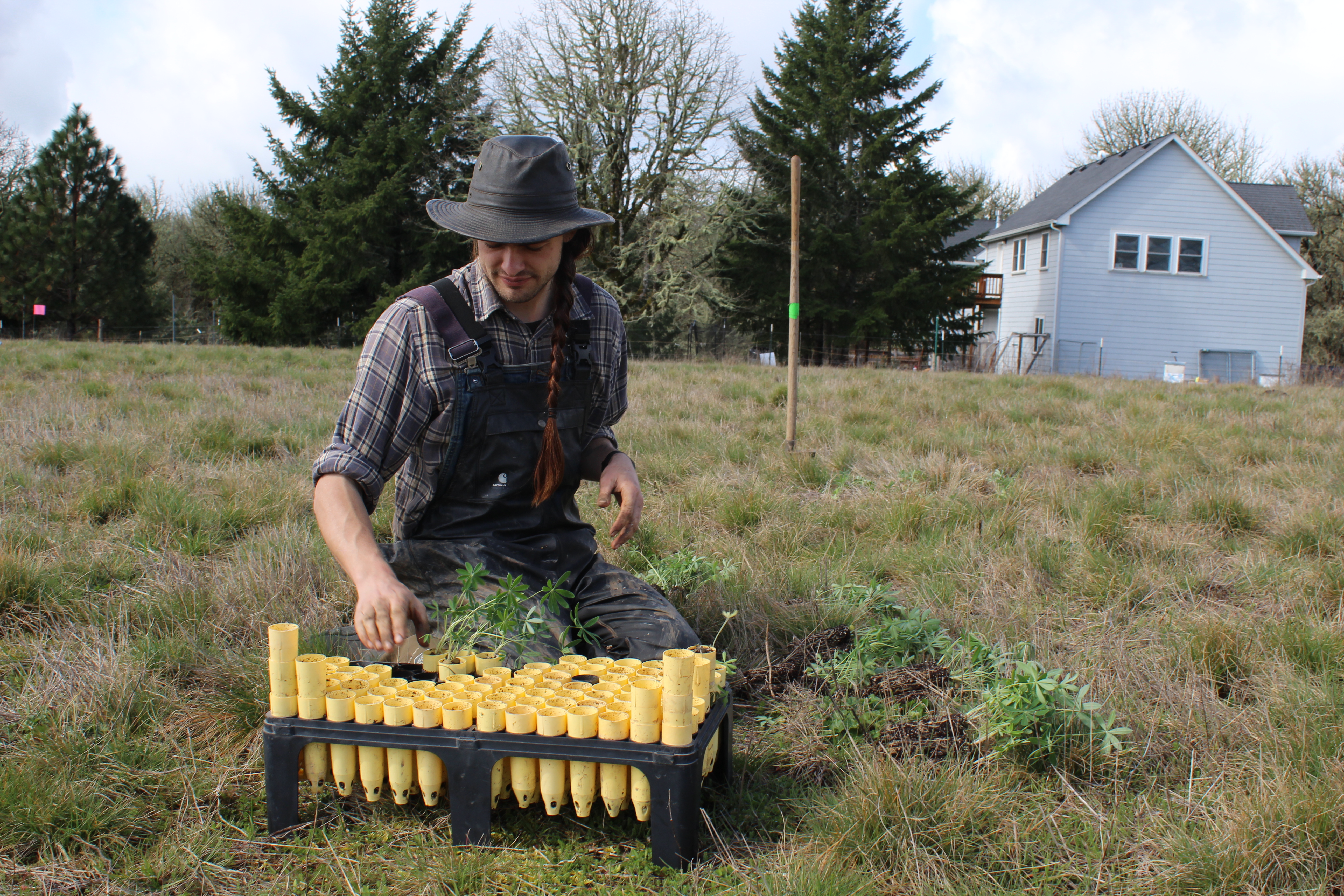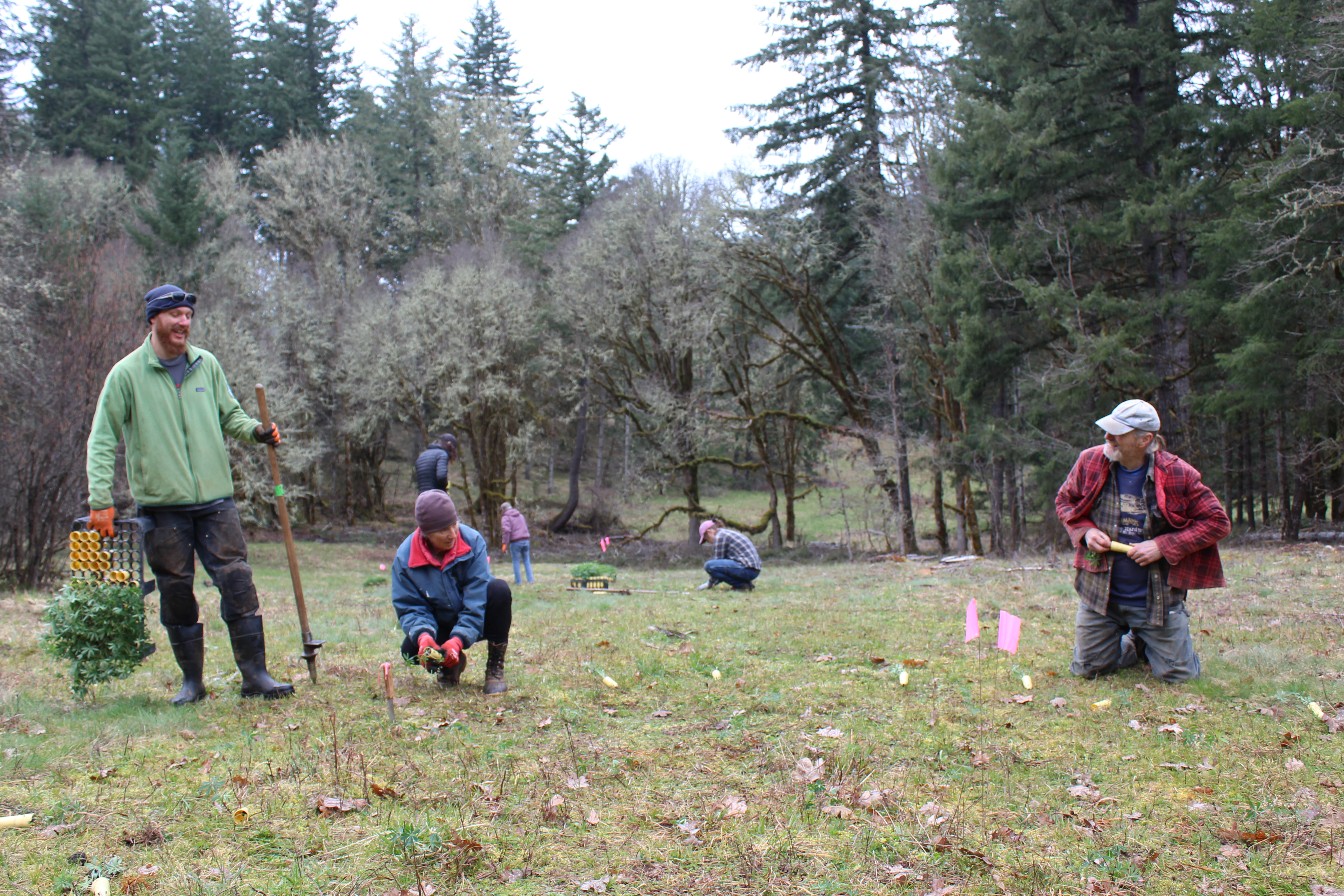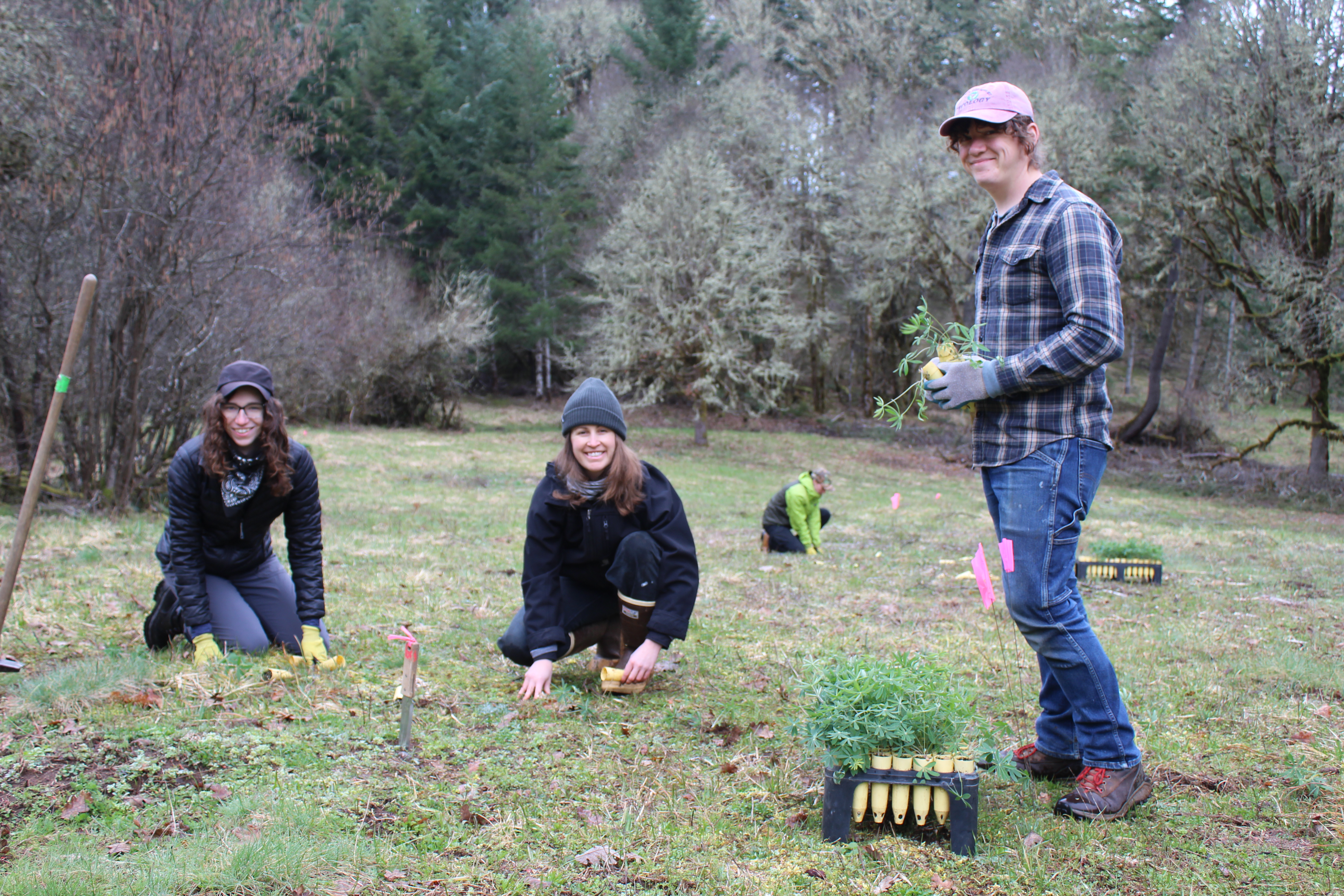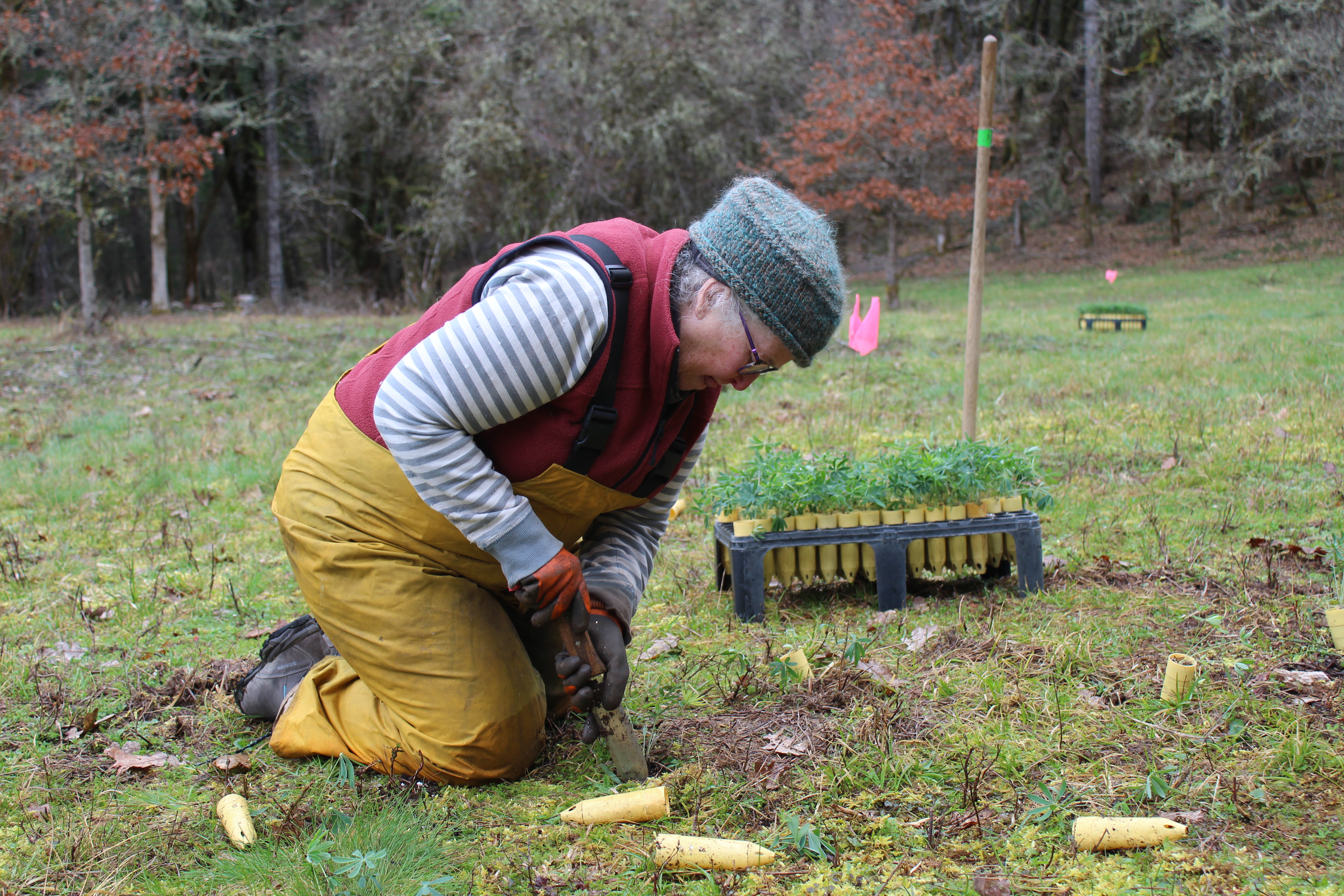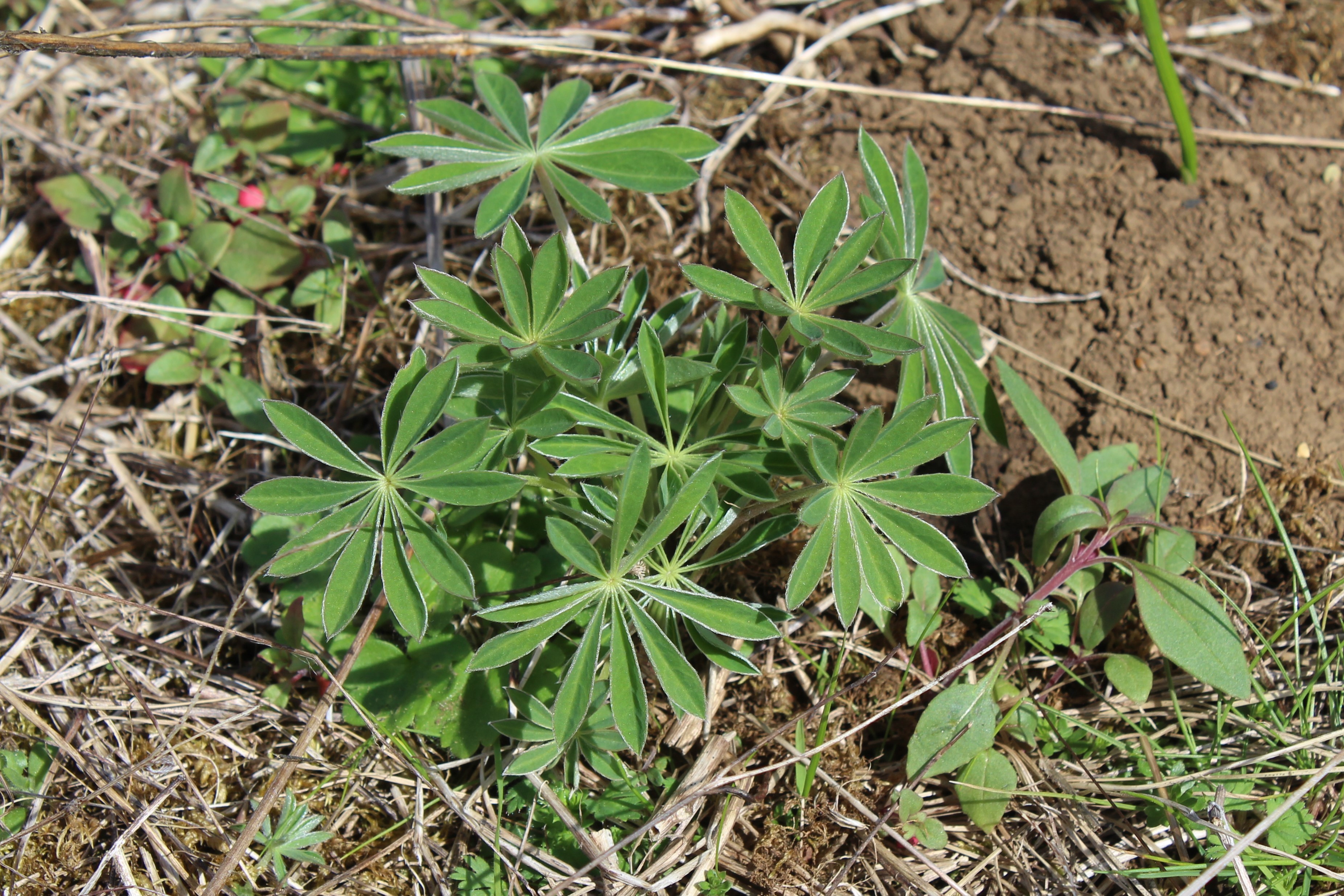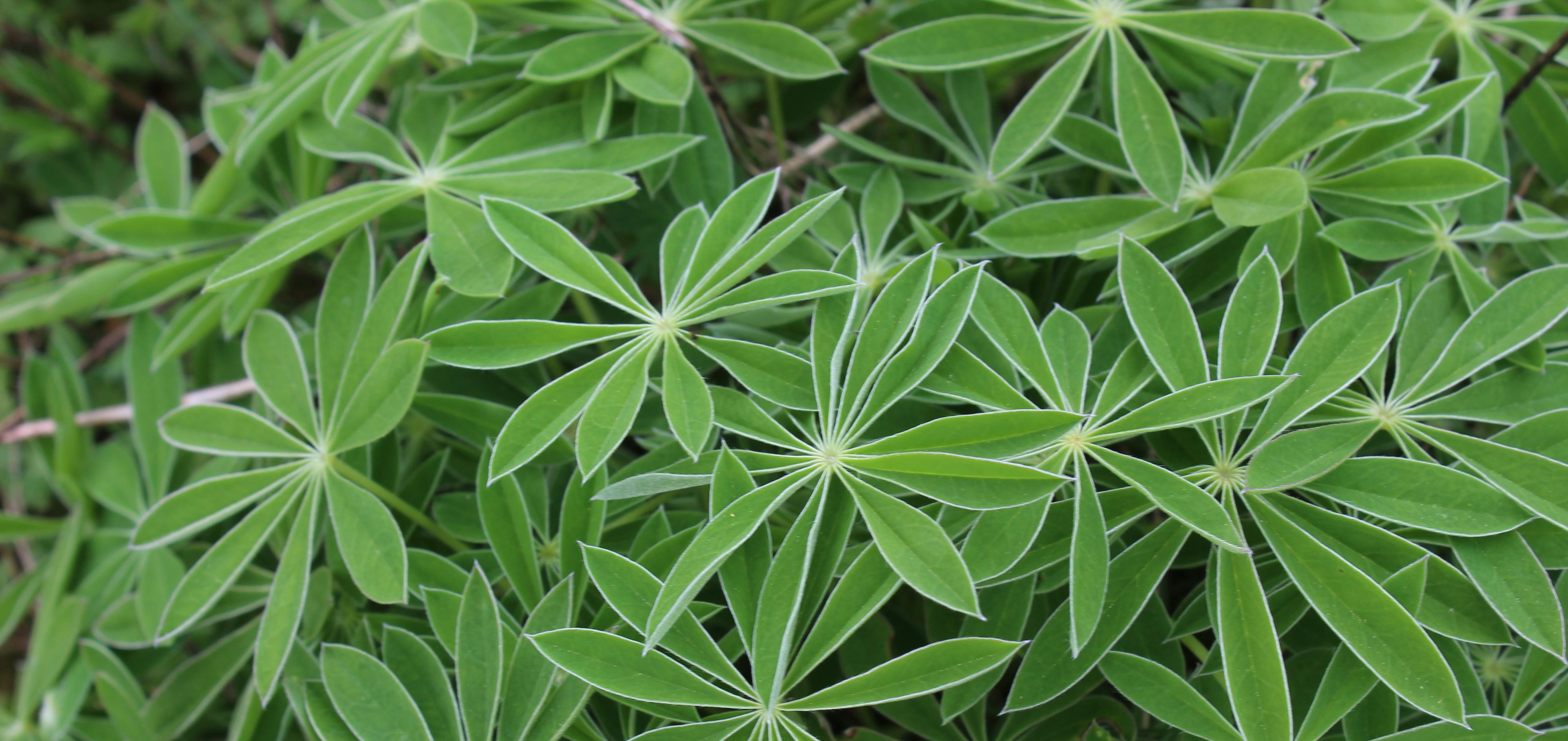
Planting Kincaid’s lupine to help rare butterflies
By Peter Moore
April 2022
Recently, intrepid volunteers, landowners and staff from IAE and partner agencies, planted over 6000 plugs of Kincaid’s lupine (Lupinus oreganus) at four restoration sites near Corvallis, Oregon.
Kincaid’s lupine is a threatened plant species, found primarily in the prairies of the Willamette Valley, Oregon, that has become rare due to the loss and degradation of prairie habitat. Kincaid’s lupine is the primary host plant for the endangered Fender’s blue butterfly (Icaricia icarioides fenderi).
IAE is helping to boost populations of Kincaid’s lupine in order to benefit both the lupine and Fender’s blue butterfly. We are collaborating with several agencies and landowners at 11 sites in the western Willamette Valley, from Henry Hagg Lake in the north to Wren and Philomath in the south. Over three years we will help restore prairie habitat and introduce native diversity as well as plant seed and plugs of Kincaid’s lupine.
IAE’s Plant Materials staff Mara Friddle and James McAuliffe grew the Kincaid’s lupine plugs in rented space at an Oregon State University greenhouse and after only about three months they were ready to plant out. Kincaid’s lupine don’t tend to thrive in a greenhouse environment, so the sooner they get outside in the spring, the better. The trick is planting early enough in the spring that they get established before the dry season hits.
Over the course of four days (March 15-18, 2022), a total of 6,155 plugs of Kincaid’s lupine were planted at Bald Hill Farm and Lupine Meadows (Greenbelt Land Trust), Witham-Gellatly Prairie (Oregon Department of Transportation), Echo Hills Farm (private land) and Pearcy-Schoener Conservation Easement (Benton County). Greenbelt Land Trust organized 24 volunteers to help with the planting at their sites, and more volunteers helped IAE staff at the other sites.
More seeding and planting of Kincaid’s lupine is planned for fall 2022 and spring 2023 in the Corvallis West and Salem West project areas.
Many thanks to Oregon Watershed Enhancement Board for funding this project, and landowners and staff at the project areas in March, including Greenbelt Land Trust, Oregon Department of Transportation, Benton County, Bill Pearcy, Karen Fleck-Harding and Tom Harding. Also, many thanks to several IAE colleagues as well the many volunteers who helped in the field.
Restoration
Research
Education
Get Involved
Contact
Main Office:
4950 SW Hout Street
Corvallis, OR 97333-9598
541-753-3099
[email protected]
Southwest Office:
1202 Parkway Dr. Suite B
Santa Fe, NM 87507
(505) 490-4910
[email protected]
© 2024 Institute for Applied Ecology | Privacy Policy
